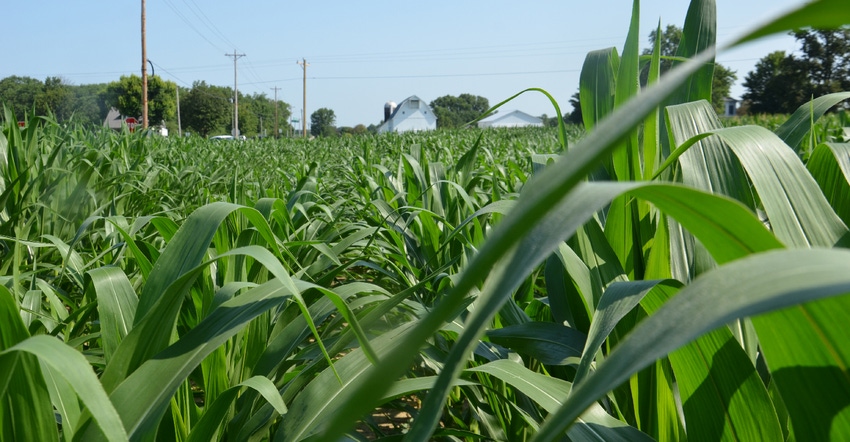
Jerry Schussler looks at climate change globally and picks out potential impacts on growing corn and soybeans in the years ahead. He examines each factor, finding some that could be negative for growing crops, but some that could be positive.
Schussler, owner of Schussler Ag Research Solutions, has a strong background in corn genetics. He separates facts from fiction related to climate change. Here are his conclusions.
Fact: Carbon dioxide levels are increasing. It’s quite true, Schussler says. “We’re now above 400 parts per million, and it was 330 parts per million in 1980,” he notes. “It’s generally been on an increase since the Industrial Revolution.”
Myth: Carbon dioxide levels are at all-time highs. Compared to the entire history of the Earth, they’re not even close, he says. There is evidence that the highest levels were 3 million years ago, when they were above 6,000 parts per million.
Myth: Rising carbon dioxide levels are bad for crops, especially corn. Higher levels may help corn, to a point, Schussler points out. That’s especially true in drier conditions, since higher carbon dioxide levels reduce transpiration.
Some estimates suggest carbon dioxide levels may increase to 550 parts per million by 2050. He expects crop yields in the U.S. Midwest to rise 10% to 25% over the same period.
Fact: Increasing carbon dioxide levels are tied to warmer temperatures. Here’s where “to a point” comes into play for higher carbon dioxide levels, perhaps benefiting corn yield, Schussler says. However, it’s a mixed bag. He notes that in the Midwest, average temperatures are rising. Yet most of that increase is in higher minimum nighttime temperatures — it’s warmer at night.
That can be a negative for corn yields. However, researchers at the University of Florida are in the process of demonstrating they can manipulate corn genetics to offset the negative impacts of higher nighttime temperatures.
Myth: Daytime temperatures in the Corn Belt are increasing. That’s simply not so, Schussler says. In the Midwest, where crops are grown so intensely, there is an evaporative cooling effect during the day. While daytime temperatures may be increasing in other parts of the globe, such as around the equator and in the tropics, it’s not happening here.
This is one of the factors which leads him to believe that the U.S. Midwest may become even more important to feeding people around the world — especially in Africa and other more tropical locations where higher temperatures may impede corn production.
Fact: Frequency and size of major rain events has increased. It’s true — you’re not imagining it, he says. Since 1980, the frequency of rain events with multiple inches of rain per event has increased in the U.S. It’s backed by information from the National Weather Service.
Myth: There is a trend toward more droughts in the U.S. over the past century. No, not so, Schussler says. When climatologists study the period from 1895 through 2015 in the U.S., there is no trend toward more drought — it’s a straight line.
The driest period by far was in the 1930s, he notes. There was a blip in the 1950s and in 2012, but even the drought of 2012 pales compared to the overall dryness of the 1930s across the U.S.
Join the conversation by sending comments about climate change to [email protected].
About the Author(s)
You May Also Like




